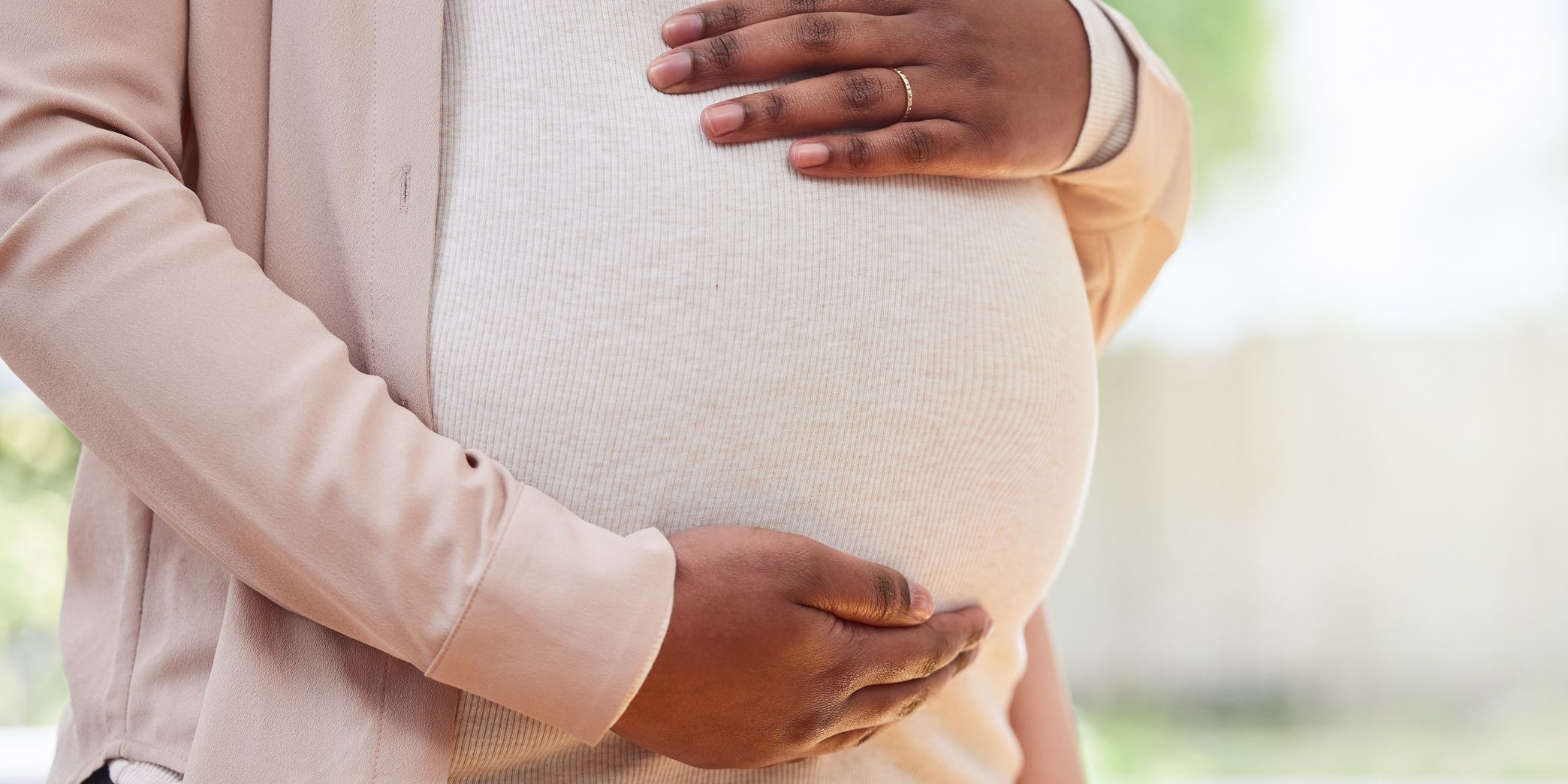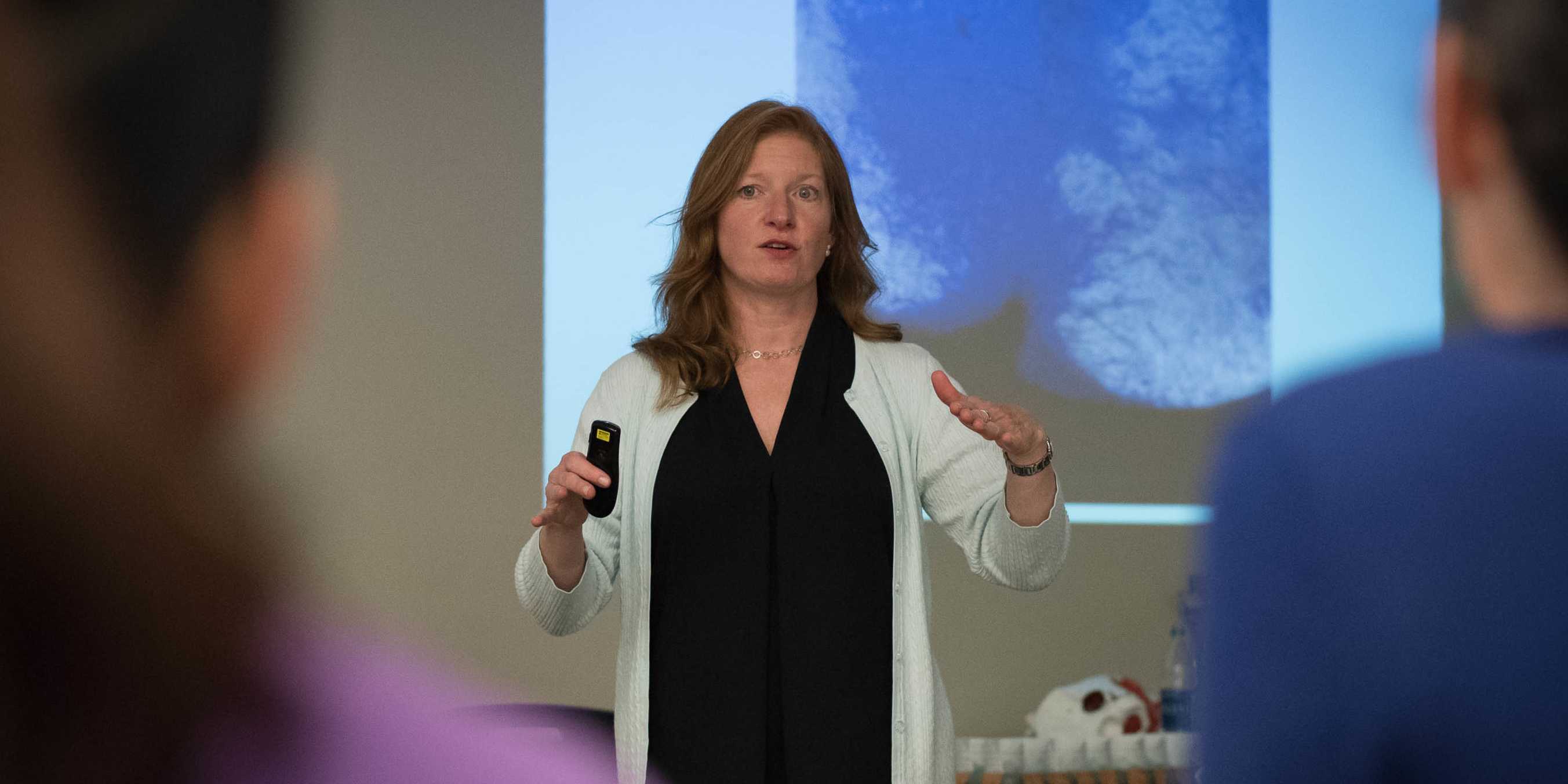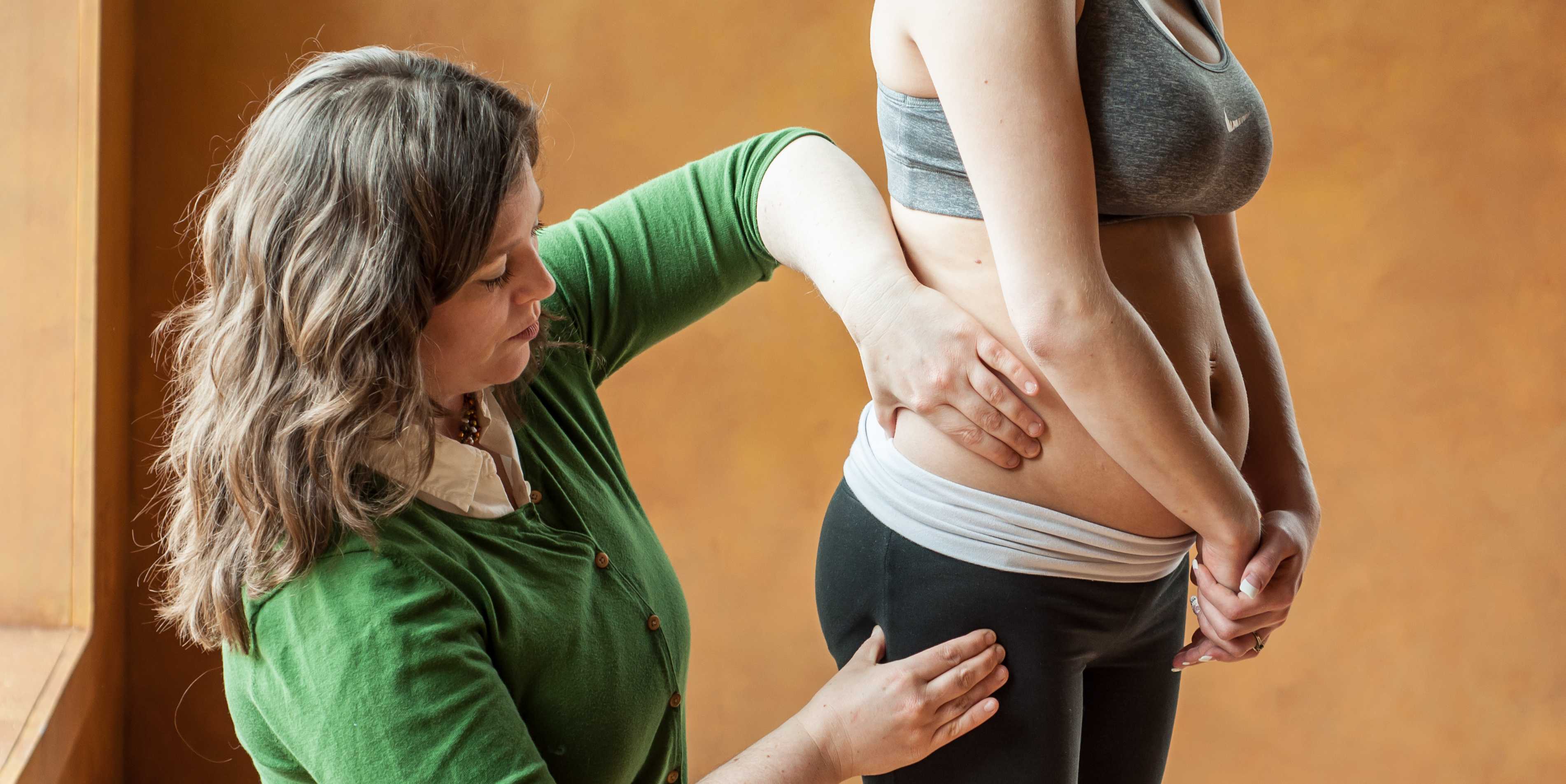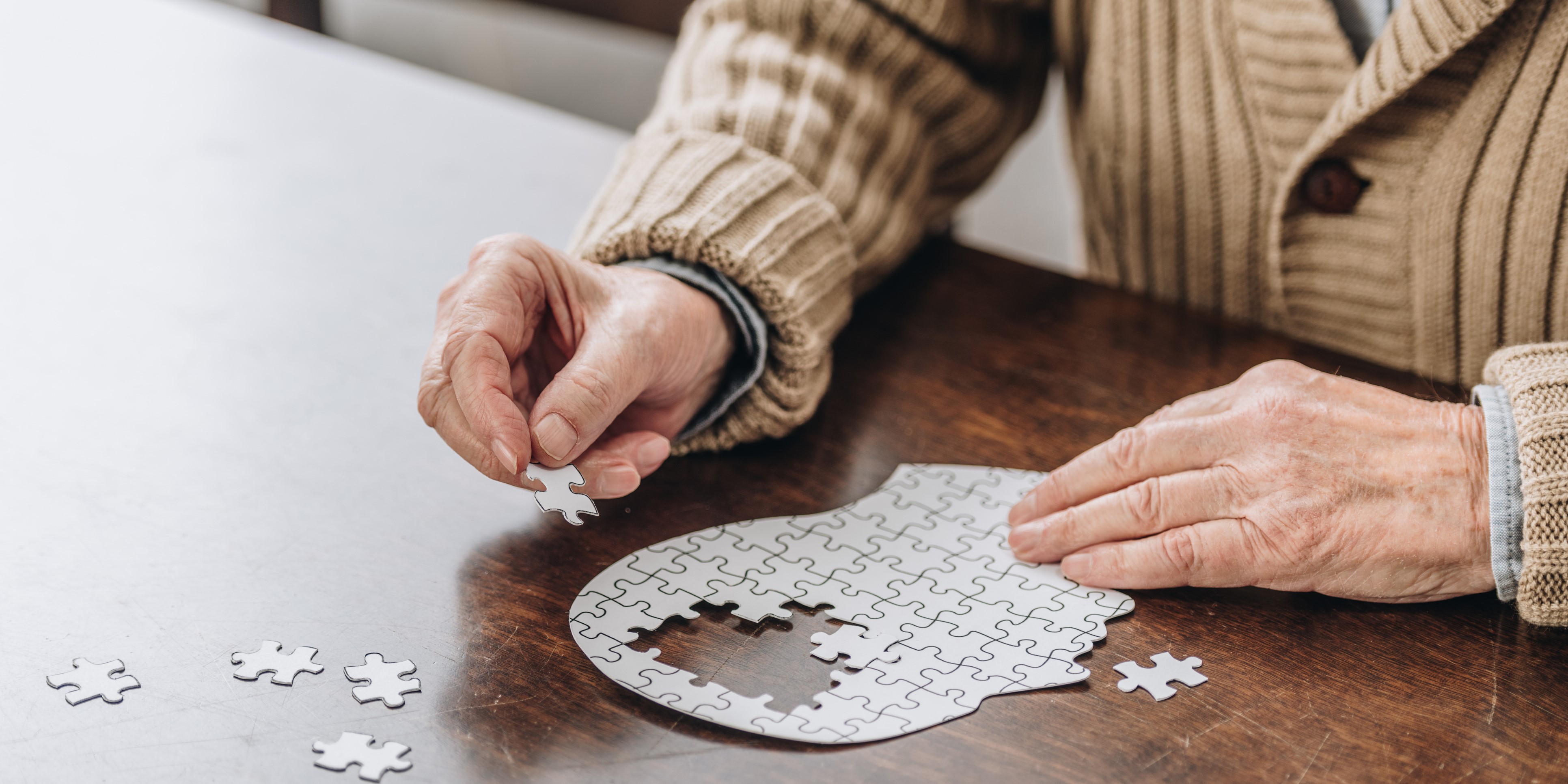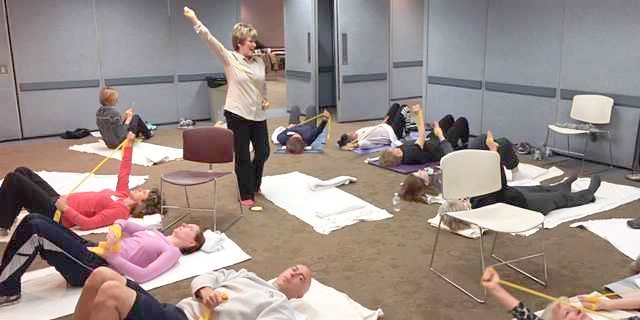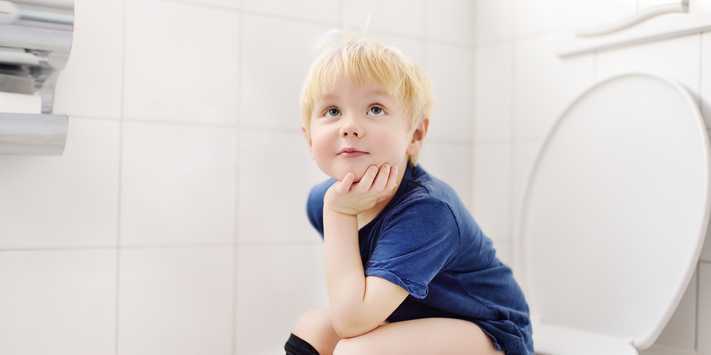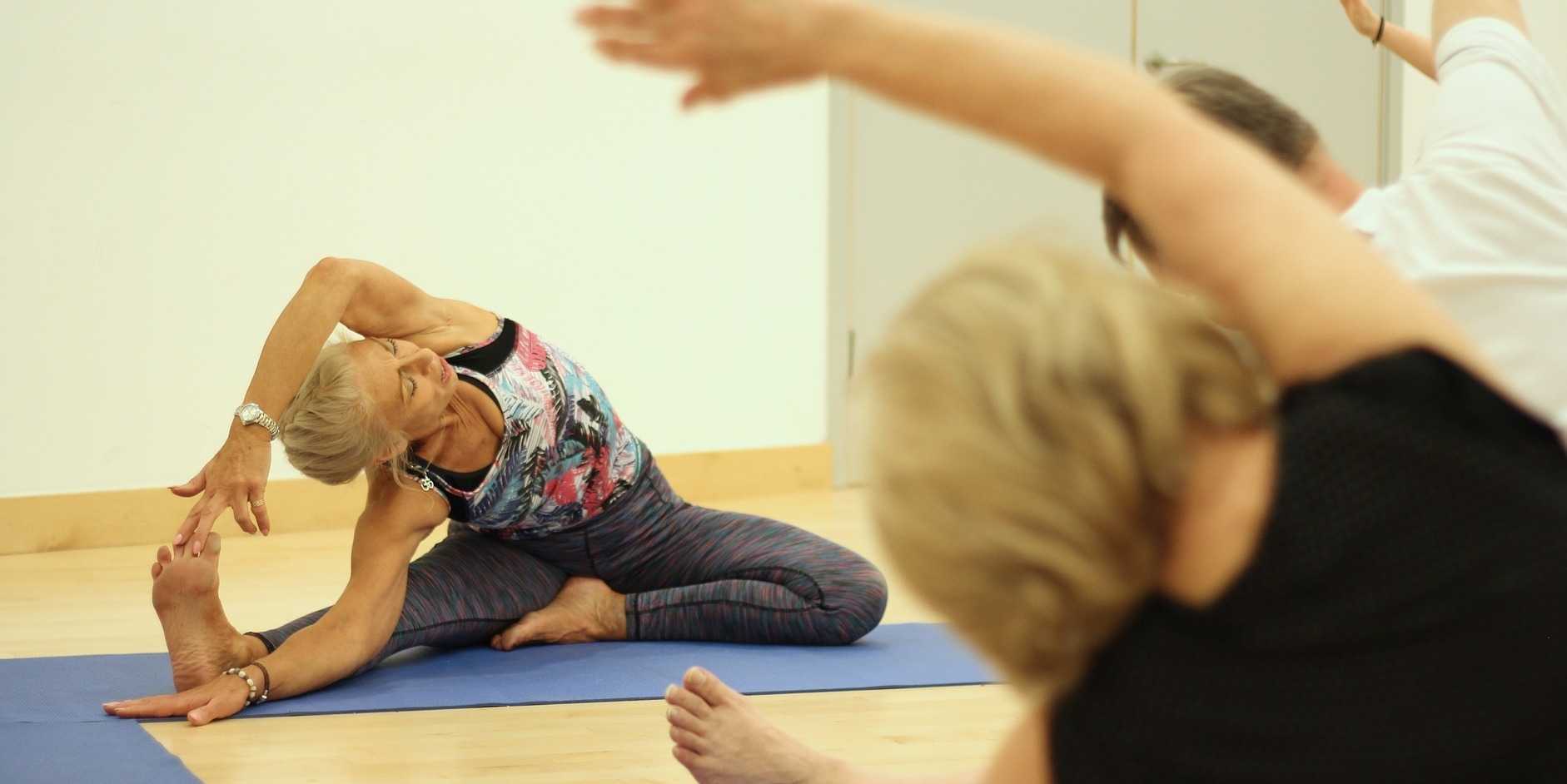What's in Your ED Toolbox?

By taking a step BACK we can take a step FORWARD to assist individuals with eating disorders. Use your toolbox to build theirs.
Eating disorders are mental health conditions characterized by severe and persistent disturbance in eating behaviors with associated distressing thoughts and emotions that affect an individual’s physical, psychological, and social function. Eating disorders are serious mental illnesses with physical manifestations and serious and sometimes life-threatening medical complications. Common eating disorders are Anorexia Nervosa (AN), Bulimia Nervosa (BN), Binge Eating Disorder (BED), Otherwise Specified Feeding and Eating Disorders (OSFED), and Avoidant Restrictive Food Intake Disorder (ARFID). Pica and Rumination Disorder are also included in the Diagnostic and Statistical Manual of Mental Disorders Text Revision (DSM TR).
Bowel, bladder, and pelvic dysfunction are common with individuals with eating disorders. Fertility and negative effects on both baby and birthing parent are also common. Research is scant regarding pelvic rehabilitation interventions for this important group of individuals. More research is emerging, showing pelvic and gastrointestinal dysfunction with this population; however, pelvic-based rehabilitation has not been readily explored as an option for these individuals until last year.
Dr. Monica Williams, an Occupational Therapist, and colleagues from the ACUTE Center in Denver, Colorado published the first evidence of positive benefits from pelvic rehabilitation approaches with individuals with Anorexia Nervosa in May of 2024. Williams et al. performed a respective cohort study with 193 patients, which demonstrated positive effects in reducing pelvic symptomatology as indicated with improvements in the PFDI-20 (Pelvic Floor Distress Inventory) with one to only a few pelvic-focused sessions. Interventions utilized in this study were aimed at improving function of the pelvic floor musculature, including education, bladder habit retraining, pelvic floor stretches, and biofeedback. This study is an excellent first step in demonstrating that interventions can be helpful even with limited treatment visits and intervention regions. The abdominal region was not a focus of this study.
Pelvic rehabilitation therapists have the skills to assist the patient with strategies to improve comfort and function with urinary, bowel, pelvic, and GI pain and dysfunction. We ALSO have skills to observe, ask questions, support, and advocate for our patients. We may be the first health care professionals who notice signs of an eating disorder or disordered eating. We may be the first to even ask questions to our patients. We can guide an individual to connect with helpful resources. We do NOT have to have all the answers… we just need to LISTEN, SUPPORT, and REFER OUT for additional support. We can also communicate with their permission to their health care providers to provide insight, awareness, and recommend the facilitation of a multidisciplinary team including a skilled mental wellness provider, dietician, and medical provider trained and skilled with individuals with eating disorders. We can also provide health care providers with resources about gaining more information and insight in assessment and treatment for those with suspected disordered eating or eating disorders. There are resources available for primary care providers from the Academy of Eating Disorders to assist with guidance for medical testing and recommendations for patients. (see reference below for downloadable booklet)
We, as pelvic health providers, do NOT treat eating disorders – rather, we provide support and advocate for patients, AND we are able to assist with improving function and comfort related to bowel, bladder, pelvic and gastrointestinal dysfunction and pain. We can utilize the tools we have in our toolbox that we use in our treatments every day.
If we look at ALL individuals through the lens of a “whole package” as compared to a “pelvic box,” this will guide our treatment program…
What’s in YOUR toolbox?
Does an individual present with closed posturing and decreased excursion of the diaphragm? If so, we can work on this! We can provide chest openers, postural instruction, seated modification, costal mobility (caution with impaired bone density), breathing education, and practice. Alas, a way to allow the diaphragm to dance and move to massage the bowels and to stimulate our wonderful vagus nerve.
Does an individual present with urinary or bowel dysfunction or pelvic pain? We have tools to assist with relaxation and re-education of pelvic floor through mindfulness, breathing, manual techniques (direct and indirect techniques), nerve gliding, modalities (heat, TENS, IFC, shockwave, dry needling, pelvic wands, vaginal trainers, etc), biofeedback (for awareness, relaxation and activation of abdominal wall and PF), anorectal balloon training, stretching, positioning, pelvic retraining, toileting strategies, and the list goes on and on!
Does an individual present with abdominal wall dysfunction? We have tools to assist with this including (but not limited to) scar mobilization, colon massage, visceral techniques, soft tissue mobilization, fascial mobilization, strain and counterstain, nerve mobility and gliding, postural education, lymphatic stimulation, vagus nerve facilitation, modalities (heat, IFC, TENS), biofeedback on commode for effective evacuation strategies. You may have other helpful tools in your toolbox – use them!
Does an individual have pelvic girdle or low back pain? We have tools to assist the patient with stretching, manual soft tissue mobilization, myofascial techniques, muscle energy, education, strengthening, postural modification, taping, bracing, etc.
In summary, let’s look at all of our patients as a whole person – and a multifaceted individual. Please take the time to listen, observe, ask questions, advocate, and use YOUR TOOLS to assist building the individual’s own toolbox. Whatever you can provide these individuals to assist with bladder, pelvic, and GI/bowel dysfunction will provide additional comfort and relief. If you have the ability to pursue performing research in this area – please consider this need!
Please join me to expand your toolbox!
- HWConnect 2025 in Seattle WA on March 28-30, 2025. I am a featured speaker on Sunday morning and will be speaking about “Eating Disorders and Disordered Eating: Putting the Pieces Together, and the Hope Pelvic Rehabilitation Can Provide.”
- In my upcoming remote course, Eating Disorders and Pelvic Health Rehabilitation: The Role of a Rehab Professional scheduled for April 26 and 27.
References
- American Psychiatric Association. (2022). Diagnostic and Statistical Manual of Mental Disorders. Diagnostic and Statistical Manual of Mental Disorders, Fifth Edition, Text Revision (DSM-5-TR), 5(5). https://doi.org/10.1176/appi.books.9780890425787
- Baenas, I., Etxandi, M., & Fernández-Aranda, F. (2023). Complicaciones médicas en anorexia y bulimia nerviosa. Medicina Clínica. https://doi.org/10.1016/j.medcli.2023.07.028
- Gibson, D., Watters, A., & Mehler, P. S. (2021). The intersect of gastrointestinal symptoms and malnutrition associated with anorexia nervosa and avoidant/restrictive food intake disorder: Functional or pathophysiologic? A systematic review. International Journal of Eating Disorders, 54(6), 1019–1054. https://doi.org/10.1002/eat.23553
- Guarda, A. (2023, February). What Are Eating Disorders? American Psychiatric Association. https://www.psychiatry.org/patients-families/eating-disorders/what-are-eating-disorders
- Inside Out Institute. (2013). DSM-5 Diagnostic criteria for Eating Disorders. https://insideoutinstitute.org.au/assets/dsm-5%20criteria.pdf
- Medical Care Standards Guide - Academy for Eating Disorders. (2021). Www.aedweb.org. https://www.aedweb.org/resources/publications/medical-care-standards
- Moore, C. A., & Bokor, B. R. (2023). Anorexia Nervosa. National Library of Medicine; StatPearls Publishing. https://www.ncbi.nlm.nih.gov/books/NBK459148/
- National Institute of Mental Health. (2017, November). Eating disorders. Www.nimh.nih.gov. https://www.nimh.nih.gov/health/statistics/eating-disorders
- Ng, Q. X., Lim, Y. L., Loke, W., Chee, K. T., & Lim, D. Y. (2022). Females with Eating Disorders and Urinary Incontinence: A Psychoanalytic Perspective. International Journal of Environmental Research and Public Health, 19(8), 4874. https://doi.org/10.3390/ijerph19084874
- Şahmelikoğlu Onur, Ö., & Teksin, G. (2023). CLINICAL FEATURES OF WOMEN WITH GENITO-PELVIC PAIN, PENETRATION DISORDER AND DISORDERED EATING ATTITUDES: A CROSS SECTIONAL STUDY. Archives of Neuropsychiatry. https://doi.org/10.29399/npa.28313
- Williams, M., Blalock, D., Foster, M., Mehler, P. S., & Gibson, D. (2024). Pelvic Floor Dysfunction in People with Eating Disorders and the Acute Effect of Different Interventions – A Retrospective Cohort Study. Clinical and Experimental Obstetrics & Gynecology, 51(5). https://doi.org/10.31083/j.ceog5105116
AUTHOR BIO
Carole High Gross, PT, MS, DPT, PRPC

Carole High Gross, PT, MS, DPT, PRPC (she/her) earned her Doctorate of Physical Therapy from Arcadia University in 2015 and her Masters of Science in Physical Therapy in 1992 from Thomas Jefferson University. Carole earned her Pelvic Rehabilitation Practitioner Certification and enjoys working as a Pelvic Clinical Rehabilitation Specialist for Lehigh Valley Health Network. Carole serves as a Lead Teaching Assistant for the Herman and Wallace Pelvic Rehabilitation Institute for pelvic floor education courses. She is also an instructor with the Herman and Wallace Institute for Eating Disorders and Pelvic Health Rehabilitation: The Role of a Rehab Professional. Carole serves on the Pelvic Workgroup of the Ehlers-Danlos International Consortium. Carole has a special interest in working with individuals living with eating disorders and hypermobility throughout the pregnancy and postpartum journey. In addition, Carole enjoys working with all genders with pelvic, bowel, bladder, and abdominal issues. Carole is passionate about lifelong learning. She resides in Bucks County, Pennsylvania, and enjoys spending time with her family and pups.
By accepting you will be accessing a service provided by a third-party external to https://hermanwallace.com/













